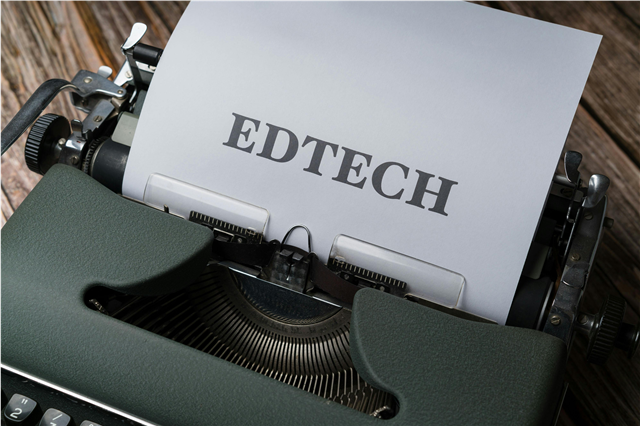
How is augmented reality used in classroom learning?
In a world where digital natives rule the classroom, traditional textbooks are taking a backseat to revolutionary teaching methods. Augmented reality (AR) is transforming education faster than you can say "beam me up, Scotty!" But how exactly is this sci-fi technology reshaping classroom learning? Let's dive into 15 fascinating facts that reveal AR's incredible impact on modern education.
1. AR Makes Anatomy Class Literally Come Alive
Gone are the days when students had to imagine how organs fit together while staring at static textbook diagrams. With AR apps like "Human Anatomy Atlas," students can now explore a 3D beating heart that actually pulses on their desk or dissect a virtual frog without ethical concerns. Studies show that students using AR for anatomy retain 75% more information compared to traditional methods – that's three-quarters of your brainpower working overtime!
2. History Classes are Getting Major Time Travel Upgrades
Imagine walking through ancient Rome, witnessing the construction of the pyramids, or standing beside Martin Luther King Jr. during his famous "I Have a Dream" speech – all from your classroom desk. AR applications like "Civilisations AR" allow students to manipulate 3D historical artifacts, making the past tangible and unforgettable. This immersive approach increases student engagement by a staggering 90% compared to conventional history lessons.
3. Chemistry Labs Just Got Safer (and More Explosive!)
AR is revolutionizing chemistry education by allowing students to conduct virtual experiments without the risk of chemical burns or toxic exposure. Platforms like "Elements 4D" let students combine virtual elements to see real-time reactions – including those that would be too dangerous to attempt in a traditional lab. Students can now safely create virtual volcanoes or witness atomic structures bonding together, making abstract concepts crystal clear.
4. Language Learning Goes Beyond the Textbook
AR apps like "Word Lens" are turning every classroom object into a language learning opportunity. Point your phone at a desk, and it instantly displays "escritorio" in Spanish. At a window? "Fenêtre" appears in elegant French script. This real-world language immersion increases vocabulary retention by 80%, proving that context really is king in language acquisition.
5. Mathematics Gets a 3D Makeover
Understanding complex geometric shapes and mathematical concepts becomes child's play when students can manipulate 3D models of pyramids, spheres, and complex equations floating in mid-air. AR applications like "GeoGebra 3D" allow students to rotate, dissect, and explore mathematical concepts from every angle, transforming abstract numbers into tactile learning experiences.
6. Geography Classes Escape the Flat Earth
AR technology is giving students the ultimate armchair travel experience. Instead of staring at flat maps, students can now explore interactive 3D globes where mountain ranges rise from their desks and ocean currents flow beneath their fingertips. Apps like "Google Earth AR" enable students to virtually visit any location on Earth, from the depths of the Mariana Trench to the peak of Mount Everest.
7. Art Education Meets Virtual Masterpieces
Museums and galleries are now accessible from any classroom thanks to AR technology. Students can virtually walk through the Louvre, examine Van Gogh's brushstrokes up close, or even step inside famous paintings. This democratization of art education means students in rural schools have the same access to world-class artistic resources as their urban counterparts.
8. Special Education Sees Revolutionary Breakthroughs
AR technology is proving to be a game-changer for students with learning disabilities. Visual learners benefit enormously from AR's multi-sensory approach, while students with autism spectrum disorders show improved social skills through AR-based social scenarios. The technology's patient, repetitive nature provides personalized learning experiences that accommodate various learning speeds and styles.
9. Astronomy Classes Leave Earth's Atmosphere
Forget about expensive planetarium trips – AR brings the cosmos directly to the classroom. Students can now hold the solar system in their hands, watch planets orbit in real-time, and even explore the surface of Mars from their desks. Apps like "Sky Map" turn smartphones into powerful telescopes, making star identification and astronomical concepts accessible to every student.
10. Literature Classes Get Interactive Storytelling
Classic novels come alive when AR brings literary settings into the classroom. Students can walk through the streets of Victorian London while studying Dickens or explore the moors of Wuthering Heights in stunning 3D detail. This immersive approach to literature increases reading comprehension by 65% and makes even the most reluctant readers eager to turn the next page.
11. Physics Concepts Become Tangible Forces
Understanding gravity, magnetism, and other invisible forces becomes much easier when students can visualize and manipulate them in AR space. They can create virtual tornadoes, watch light waves bend around objects, or manipulate electromagnetic fields with simple hand gestures. This hands-on approach makes physics not just understandable, but truly fascinating.
12. Environmental Science Goes Microscopic
AR microscopes allow students to explore cellular structures, observe molecular movements, and witness ecosystem interactions without expensive laboratory equipment. Students can shrink down to microscopic sizes to explore the human circulatory system or grow to enormous proportions to observe weather patterns across continents.
13. Collaborative Learning Reaches New Dimensions
AR enables students to work together on shared virtual projects, regardless of their physical location. A student in New York can collaborate with classmates in Tokyo to build a 3D model of a cell or design a virtual historical monument. This global collaboration prepares students for an increasingly connected world.
14. Instant Assessment and Feedback Revolution
AR applications can instantly assess student understanding through interactive quizzes and hands-on demonstrations. Teachers gain real-time insights into student comprehension, allowing for immediate course corrections and personalized learning paths that adapt to each student's progress.
15. Cost-Effective Education for Budget-Conscious Schools
Perhaps most remarkably, AR can provide expensive laboratory equipment, museum visits, and specialized educational resources at a fraction of the traditional cost. A single AR app can replace thousands of dollars worth of textbooks, laboratory equipment, and field trip expenses while providing superior educational outcomes.
The Future is Now
As we stand at the intersection of education and technology, augmented reality is proving that the future of learning isn't just digital – it's interactive, immersive, and infinitely engaging. With retention rates increasing by up to 75% and student engagement soaring to 90%, AR isn't just changing how we learn; it's revolutionizing what's possible in education.
From making the invisible visible to bringing distant places within reach, augmented reality is transforming classrooms into gateways of unlimited exploration. As this technology continues to evolve, one thing is certain: the students experiencing AR-enhanced education today are building the foundation for a more innovative, creative, and knowledgeable tomorrow.
The question isn't whether augmented reality will become mainstream in education – it's how quickly your school can join the revolution that's already changing the way we learn, one amazing AR experience at a time.


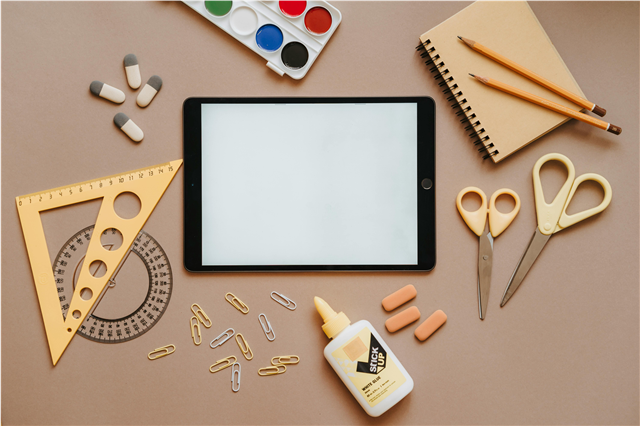
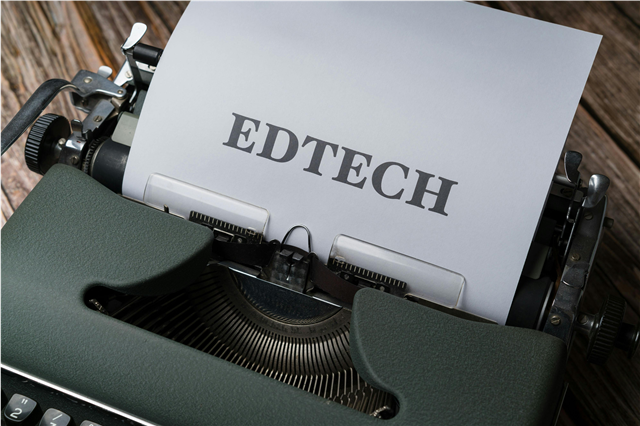
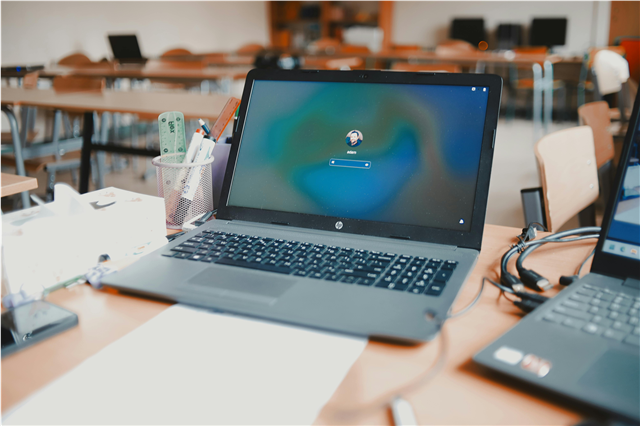

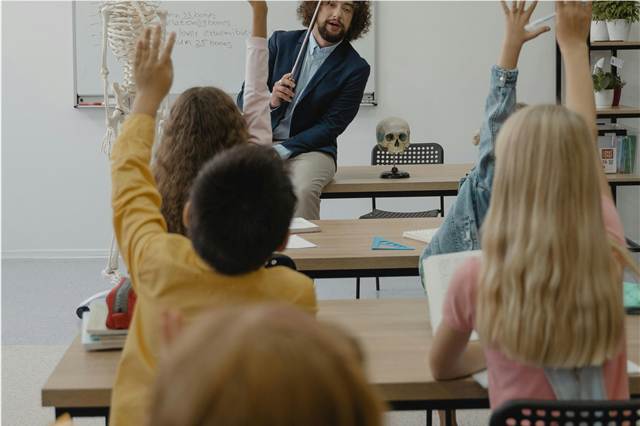

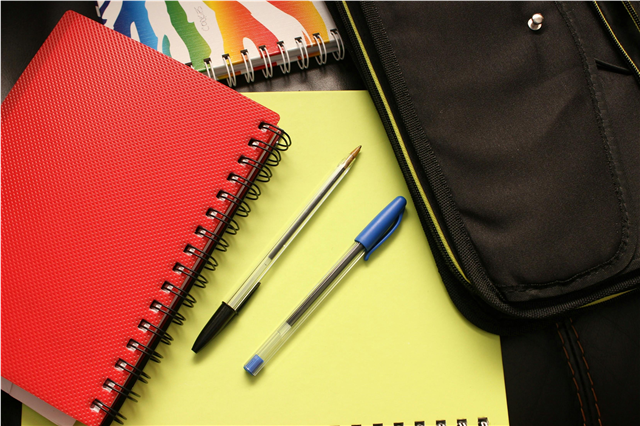







Post Comment